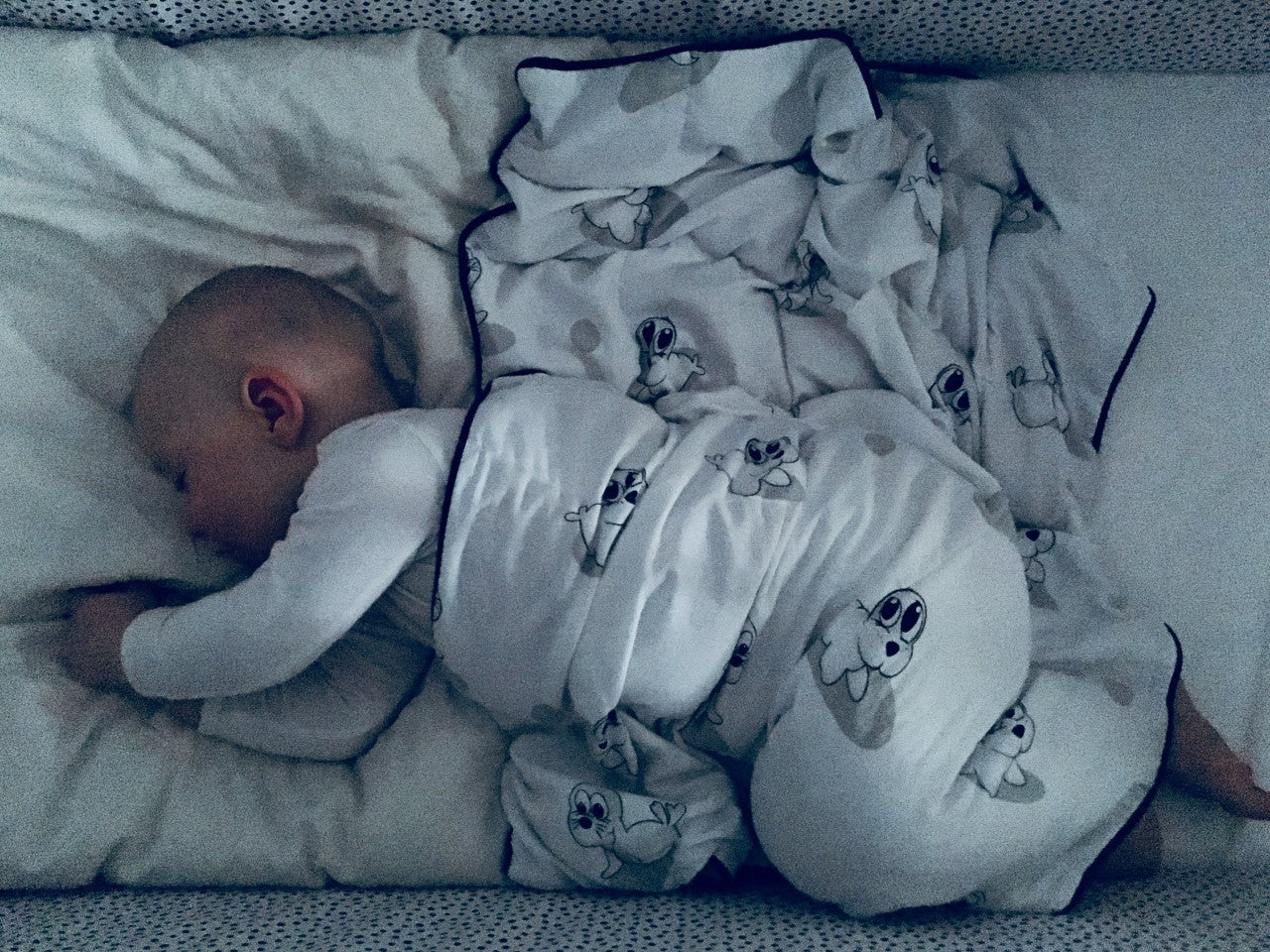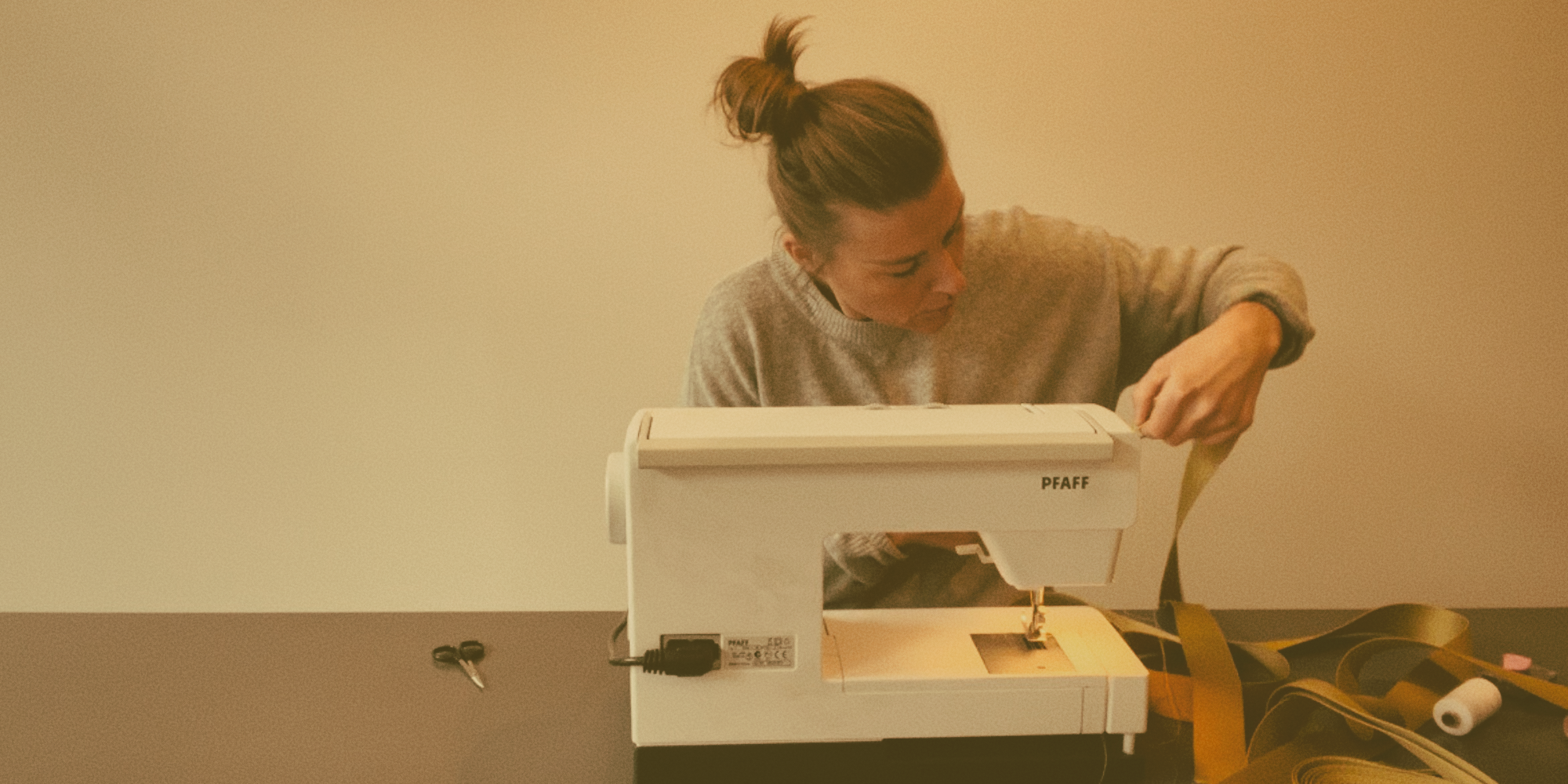
Tiger leap - Here are the 10 big developmental leaps for your baby
As new parents – and especially first-time parents – it can be difficult to navigate and deal with the different phases and developmental stages that babies go through in their first year of life. One day everything may seem peaceful, with good routines and sleep. Suddenly, everything seems to turn 180 degrees, and the next day brings crying, restlessness and a baby who is difficult to please. But there is basically no reason to worry - these are just signs that your baby is taking a major leap in his development, a so-called tiger leap.
What is a tiger leap?
A tiger leap is a period when babies undergo significant mental development and learn new skills.
According to the theory, all babies go through 10 so-called tiger leaps within the first 75 weeks (approximately 17-18 months) of their lives. Each leap represents an important step in the child's cognitive development and understanding of the world around them:
|
Tiger jump |
The child's age |
|
1. tiger jump |
5 weeks |
|
2. tiger jump |
8 weeks |
|
3. tiger jump |
12 weeks |
|
4. tiger jump |
19 weeks |
|
5. tiger jump |
26 weeks |
|
6. tiger jump |
37 weeks |
|
7. tiger jump |
46 weeks |
|
8. tiger jump |
55 weeks |
|
9. tiger jump |
64 weeks |
|
10. tiger jump |
75 weeks |
The above timescales are only indicative, as each child has their own unique rate of development.
Why can it be an advantage to know about the different developmental milestones in babies?
Being familiar with the tiger leap theory can give you as parents a better understanding of your baby's behavior and reactions at different stages.
When a child suddenly starts crying more, sleeping less, or acting frustrated, it may be a sign that a new developmental leap is coming. By knowing about these leaps, you as a parent can better deal with the situation and give your child the necessary support and security.
It can also be reassuring to know that you as parents have not done anything wrong, but that the baby's system is simply working overtime during these developmental leaps.
In the coming sections we will describe the different developmental milestones in babies.
1st tiger leap (5 weeks)
In the first tiger leap, baby begins to perceive colors and distinguish between different sounds and smells. The world suddenly becomes much more vivid and exciting, but also overwhelming for the little senses. This can lead to increased crying, sleep problems and a greater need for security and closeness from you, the parents.
2nd tiger leap (8 weeks)
After 8 weeks, the baby develops the ability to recognize patterns, textures and contrasts. The child also discovers and explores his own limbs, especially his hands, and will be able to turn his head more. This tiger leap is often accompanied by increased interest in his surroundings.
3rd tiger leap (12 weeks)
In the third developmental leap, the baby gains better control over his voice and movements. The baby can now distinguish between familiar and unfamiliar faces and surroundings, which can lead to increased attachment to parents and aversion to strangers. This is an important milestone in the child's attachment development.
4th tiger leap (19 weeks)
The fourth tiger leap is one of the longest and can last up to 5 weeks. During this phase, the baby becomes more aware of his surroundings, just as the child also begins to put toys in his mouth during this phase. The child may also be able to roll from back to stomach and thus explore new areas.
5. tiger leap (26 weeks)
At 6 months of age, the baby develops a sense of distance and spatial awareness. The child now understands that things can be close or further away - and even disappear completely from sight. This can trigger separation anxiety and crying when the parents leave the room, and many people find that sleep can start to be disturbed and the cuddles can drag on.
It can be a little helpful to remind yourself that baby is not not sleeping to bother you, but simply really feels the feeling of being "abandoned".
6. tiger leap (37 weeks)
In the sixth tiger leap, around 9 months, baby learns to distinguish between different categories of things. Toys are for playing, food is for eating, and some things are for adults only.
7. tiger leap (46 weeks)
After 46 weeks, baby begins to understand sequences and connections. The child discovers that certain things have to happen in a certain order, such as when getting dressed. This can trigger “teasing behavior” as the baby investigates what happens if the sequence is broken.
8. Tiger Leap (55 weeks)
The eighth tiger leap marks the transition from baby to toddler. Your baby can now communicate through context and pick up objects to express his needs. Language and balance are also developing.
9. tiger leap (64 weeks)
In the ninth developmental leap, the child becomes more independent and interested in imitating and participating in the family's actions and activities. However, the child still needs security and closeness, as the world can seem overwhelming. This can lead to outbursts of frustration and boundary-pushing behavior.
10. Tiger Leap (75 weeks)
The tenth tiger leap occurs around 18 months of age. Here the child begins to understand that parents are individuals with their own feelings and needs. The child's conscience and will develop, and he tries to show care and attention to others. This is an important step towards becoming an independent individual.
Tiger jumping can affect baby's sleep
The major mental changes that babies go through during a tiger leap can affect their sleep patterns. Many parents find that their child sleeps more restlessly, wakes up more frequently during the night, has more difficulty falling asleep, and seeks extra security and contact with mom and dad. This is because the child's brain is working at high speed to process all the new impressions and skills.
Tips for handling the 10 tiger jumps as best as possible as parents
New and improved weighted blanket
Although tiger jumping can be challenging, there are several things you can do to make the process easier for both yourself and your child. Here are some helpful tips:
-
Be patient and understanding with your baby's behavior. Remember that it is just a phase and that the child is not behaving this way on purpose.
- Provide lots of reassurance, love and care. Hold the child close to your body often, and rock them if it helps with the restlessness. For some, a swaddle or baby carrier is a great help during periods when the child has a special need to be close.
- Try a weighted blanket(available for babies from 6 months of age and up).
- Create a calm and safe atmosphere at home. Avoid too many distractions and noisy activities. Remember that it is also okay to cancel planned activities if you consider that it will be too much for your child.
- Ask for help from family and friends so you can get some well-deserved rest every now and then.








